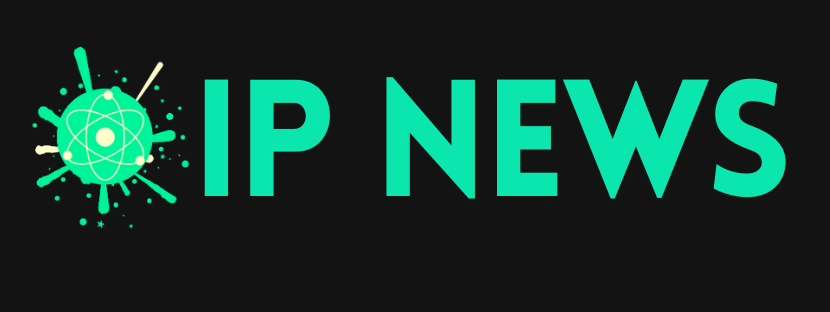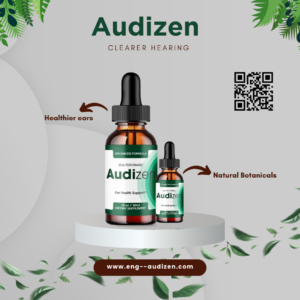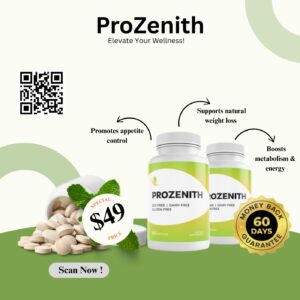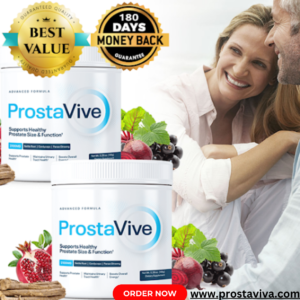From Clicks to Clients: Building a Full-Funnel Content Strategy
In an era where attention spans are shrinking and competition is intensifying, getting traffic to your website is only half...

In an era where attention spans are shrinking and competition is intensifying, getting traffic to your website is only half the battle. The real challenge lies in converting those clicks into paying customers. That’s where a content marketing agency steps in—developing and executing a full-funnel content strategy that guides users through every stage of the buyer journey.
What is a Full-Funnel Content Strategy?
A full-funnel content strategy is a structured approach that targets prospects at each stage of the marketing funnel:
- Top of the Funnel (TOFU): Focused on awareness and attracting new visitors.
- Middle of the Funnel (MOFU): Geared toward educating and nurturing leads.
- Bottom of the Funnel (BOFU): Aimed at converting leads into customers.
Each stage requires a specific type of content and messaging to move the audience closer to conversion.
The Role of a Content Marketing Agency in Funnel Development
A professional content marketing agency plays a vital role in designing, executing, and refining your funnel. Here’s how they help:
1. Audience Research and Funnel Mapping
Agencies begin by understanding your target audience—their demographics, pain points, behaviors, and intent. This helps identify what content is needed at each funnel stage.
2. Strategic Content Planning
Based on audience insights, agencies create a content calendar aligned with business goals. Each piece is planned to serve a purpose: awareness, education, or conversion.
3. Content Creation and Optimization
From SEO-friendly blog posts to whitepapers, case studies, videos, and landing pages—agencies craft high-performing content optimized for search engines and users alike.
4. Multi-Channel Distribution
An experienced agency ensures that content reaches your audience across platforms—Google, social media, email, YouTube, and more—matching them where they already spend time.
5. Analytics and Performance Optimization
Tracking KPIs such as bounce rate, CTR, conversion rate, and time on page, agencies continuously tweak and refine strategies to improve ROI.
Content Formats Across the Funnel
Here’s a breakdown of what content types work best at each funnel stage:
Top of Funnel (TOFU) – Awareness Stage
- Blog posts
- Infographics
- Social media content
- Educational videos
- Press releases
Goal: Attract attention and drive traffic by addressing common questions or pain points.
Middle of Funnel (MOFU) – Consideration Stage
- E-books and guides
- Case studies
- Email drip campaigns
- Webinars
- Product comparison pages
Goal: Nurture leads and build trust by offering deeper insights into solutions.
Bottom of Funnel (BOFU) – Decision Stage
- Product demos
- Testimonials and reviews
- Free trials
- Limited-time offers
- Landing pages with strong CTAs
Goal: Encourage conversion with proof of value and a clear call-to-action.
Benefits of a Full-Funnel Approach
Implementing a full-funnel content strategy has measurable benefits:
1. Increased Engagement
Audiences are more likely to interact with content tailored to their current mindset and needs.
2. Higher Conversion Rates
By addressing specific concerns at each stage, you remove friction and encourage decision-making.
3. Better ROI
You get more value from each piece of content by guiding users systematically rather than leaving them in an unstructured journey.
4. Brand Authority and Trust
Consistent messaging and value delivery position your brand as a thought leader and solution provider.
Real-Life Example: How a Funnel Strategy Works
Let’s say a fintech company hires a content marketing agency to boost lead generation.
- TOFU: The agency publishes a blog titled “Top 10 Challenges Small Businesses Face in 2025.”
- MOFU: Visitors are offered a free guide, “How to Choose the Right Financial Platform for Your Business,” after submitting their email.
- BOFU: They receive a follow-up email series with customer testimonials and a CTA to book a demo.
This funnel strategy not only attracts leads but also nurtures them into qualified prospects.
Common Mistakes to Avoid
- One-size-fits-all content: Don’t use the same messaging across all funnel stages. Tailor each piece.
- Ignoring metrics: Without tracking performance, you won’t know what’s working.
- Inconsistent publishing: Sporadic content doesn’t build trust or momentum.
A content marketing agency prevents these issues by bringing structure, expertise, and agility to your marketing efforts.
Final Thoughts
In the digital age, content is not just a marketing tool—it’s the engine that powers your customer journey. Building a full-funnel strategy ensures you’re not just generating clicks but nurturing relationships and driving results.
Whether you’re a startup or an established enterprise, partnering with a content marketing agency can help you design a seamless, scalable funnel that converts interest into impact.







